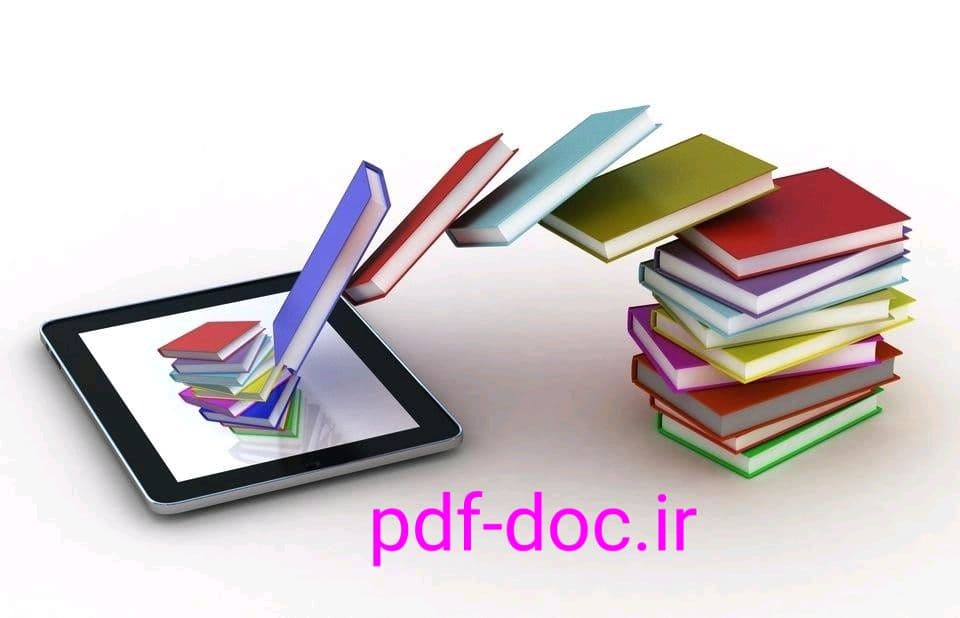امروز یکشنبه , 21 اردیبهشت 1404
پاسخگویی شبانه روز (حتی ایام تعطیل)
-
فروشنده :
پی دی اف داک
-
- کد فایل : 14661
- فرمت فایل دانلودی : .pdf
- تعداد مشاهده : 17.6k
آخرین فایل ها
- بیشتر -دانلود Chapter 4 : Laser-Matter Interaction Above the Plasma Ignition Threshold Intensity

دانلود
Chapter 4 : Laser-Matter Interaction Above the Plasma Ignition Threshold Intensity
نویسنده :
M. Stafe et al., Pulsed Laser Ablation of Solids
DOI : 10.1007/978-3-642-40978-3_4
فرمت: pdf
Abstract In this chapter we present the process of laser-matter interaction above the
plasma ignition threshold intensity. The physics of the pulsed laser ablation process
at high intensities is very complex since it involves, besides direct laser-solid interactions,
the process of plasma formation and expansion, and the laser-plasma interaction.
Inverse Bremsstrahlung and photoionization processes is considered to be the
main absorption mechanisms of the laser light within the ablation plumes produced
on metallic targets. Plasma kinetics including electron impact excitation/ionization
and recombination processes, as well as the energy transfer from electrons to ions and
neutral species are considered. Section 4.1 presents the main phenomena involved in
production of the ablation plasma and in laser-plasma interaction during PLA: plasma
formation and evolution. In this section, plasma heating, self focusing, critical density,
shielding, and plume expansion is discussed. Interaction of plasma plume with
obstacles is also treated in Sect. 4.1.3. Experimental methods for analyzing the main
phenomena involved in laser-plasma interaction (i.e. optical and mass spectroscopy,
high speed imaging) are presented in Sect. 4.2. The most important parameters
which characterize the laser-ablated plumes (density and the temperature) are usually
determined by optical techniques (i.e. interferometry, Thomson-scattering and plasma
spectroscopy) which can be used to reveal the characteristic features of plasma, as
well as to estimate and describe qualitatively and quantitatively its properties. The
theoretical models for describing the laser-plasma interaction allow one to estimate
the spatial–temporal distribution of the plasma parameters such as temperature, density
and pressure. Among themodels describing the dynamics of the expanding ablation
vapour/plasma plume, Monte Carlo simulations and hydrodynamic equations
approaches have been widely used. The numerical results on the ablation plasmawere
validated by comparison to the experimental data obtained by using optical emission
and absorption spectroscopy, mass spectrometry, time-of-flight and charge collection
measurements. Section 4.3 presents inmore detail theoretical results obtained within
the photo-thermal model on the characteristics of the ablation plasma in relation to
the ablation rate in nanosecond irradiation regime.




